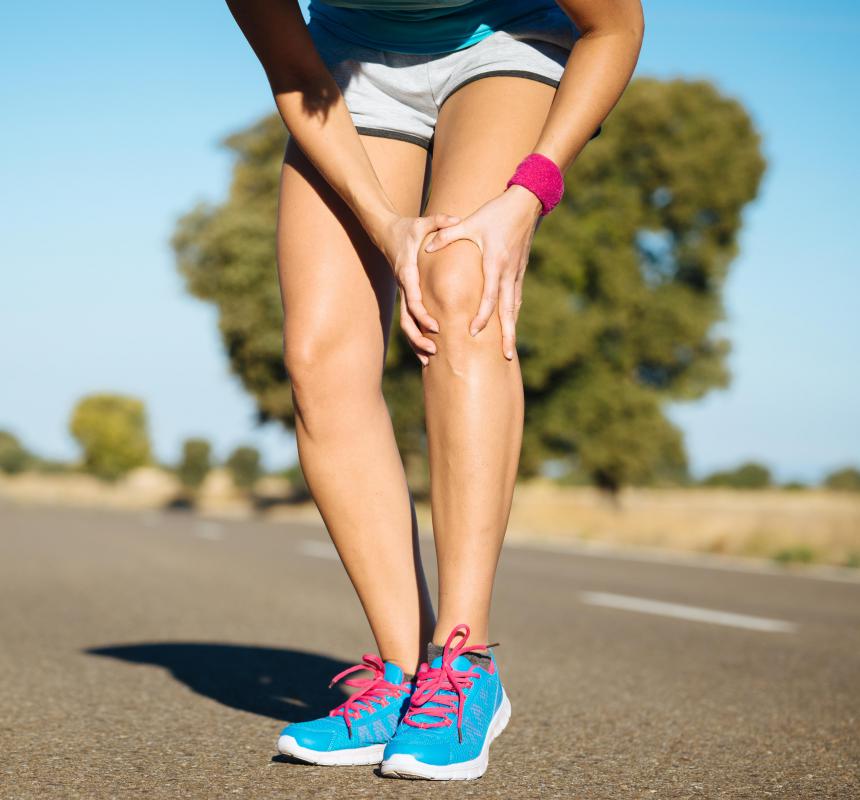At WiseGEEK, we're committed to delivering accurate, trustworthy information. Our expert-authored content is rigorously fact-checked and sourced from credible authorities. Discover how we uphold the highest standards in providing you with reliable knowledge.
What is Discoid Meniscus?
Discoid meniscus is a variation in the shape of the meniscus of the knee. The meniscus is a layer of cartilage which acts to cushion the knee joint, absorbing and distributing impact. The implications of having a discoid meniscus vary, depending on the patient and the precise form this variation takes. Medical imaging studies can be used to determine the shape of the meniscus.
In most people, the meniscus is a C-shaped piece of cartilage. In people with a discoid meniscus, the meniscus is shaped like a disc or ring, covering more of the joint. This condition is usually seen in the lateral meniscus, which is on the outside of the knee, and it can sometimes be bilateral, meaning that it is observed in both knees.

For many people with a discoid meniscus, there are no symptoms. Someone can live out his or her life blissfully unaware of this little anatomical quirk, and this includes people like Olympic athletes, illustrating that a discoid meniscus does not necessarily impede someone's fitness or range of motion. Other people may experience pain, popping in the joint, swelling, and irritation.

If someone experiences discomfort as a result of a discoid meniscus, a doctor may recommend surgery to the knee joint to address the issue. Because surgery comes with risks, it is only recommended when a doctor feels that it is the most appropriate option. The doctor will review the situation with the patient to determine whether or not the patient is a candidate for surgery, with the procedure usually being performed arthroscopically so that it is minimally invasive.

Risks of surgery can include complications from anesthesia and infection in the joint. Working with a skilled surgical team can greatly reduce the risks for the patient, as can carefully discussing medical history before the surgery to make sure that everyone involved has been alerted to any risk factors. A reputable surgeon will not operate on a patient who is a bad candidate for surgery, or if the risks would appear to outweigh the benefits in a specific case.
This anatomical variation is rare, although it appears to be more common in Asian populations, especially in Japan and Korea. Having a discoid meniscus is not necessarily anything to worry about; it is not an abnormality or a condition, but simply an illustration of human diversity. Human bodies come in a variety of shapes and sizes, and many have natural variations.
AS FEATURED ON:
AS FEATURED ON:













Discuss this Article
Post your comments